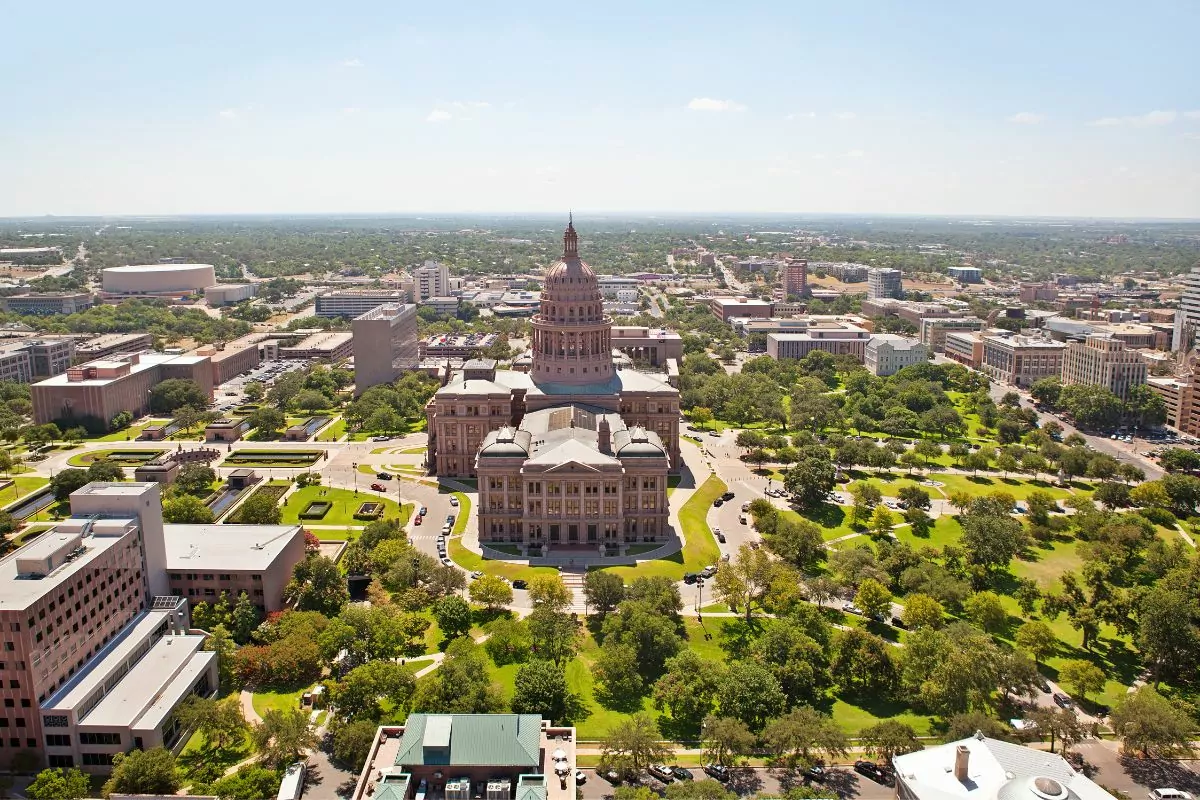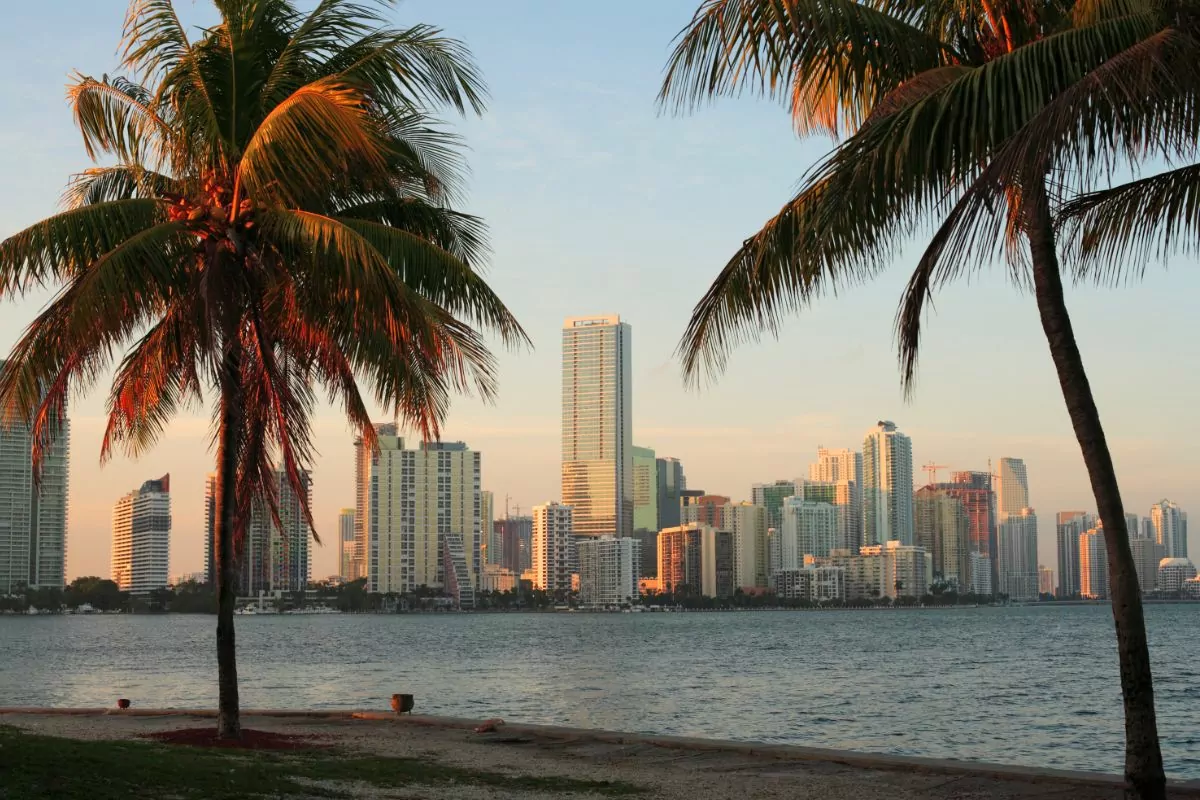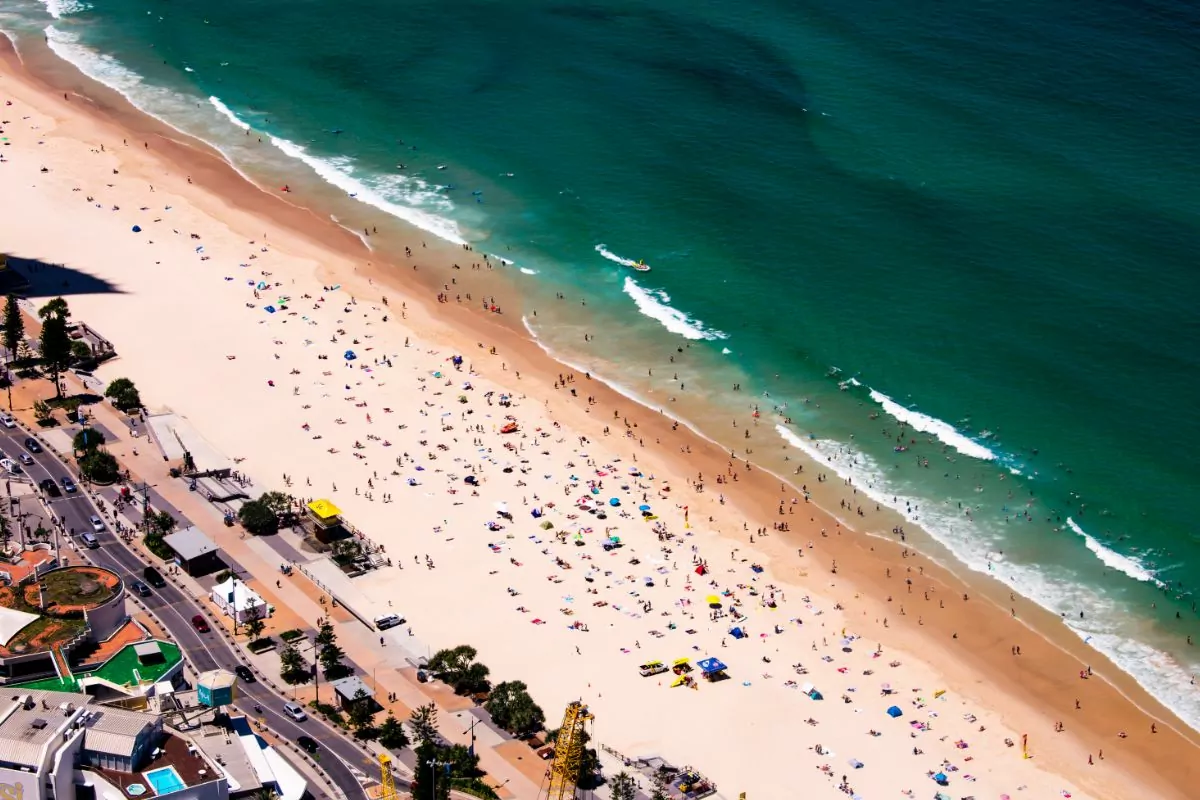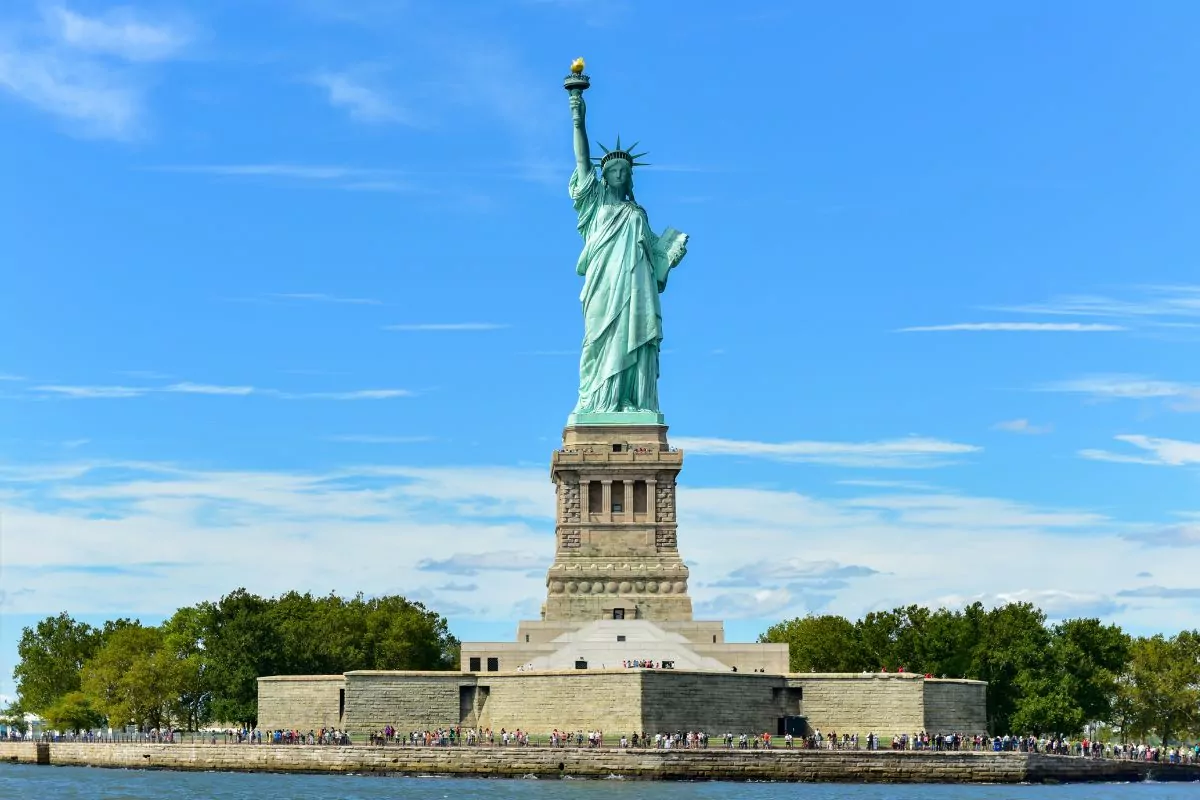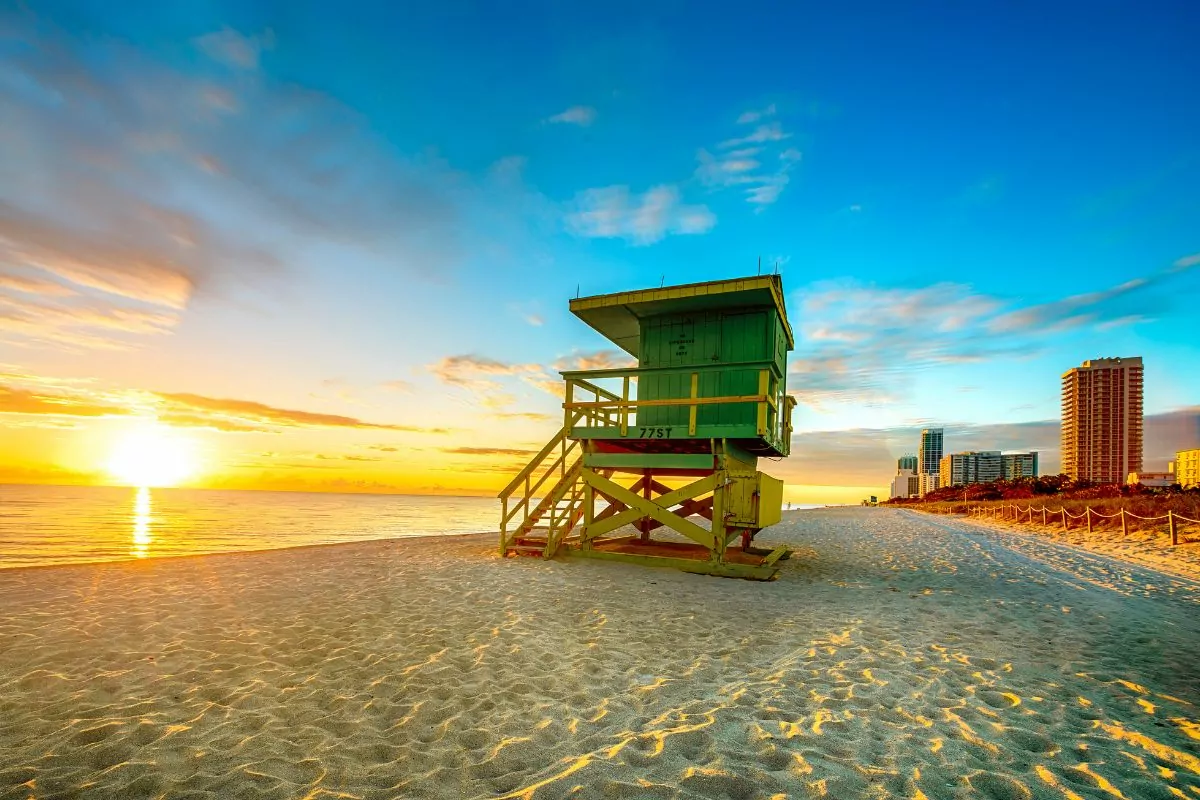Louisiana is an incredible state that is filled with so many different cities and areas for you to explore.
While most people visit this state in the Deep South to see New Orleans, there are so many other places that deserve the same recognition.

If you are planning a trip to Louisiana and you’ve never visited one of their national parks before, then this is a sign that you need to do so!
There are lots of amazing national parks located within the borders of this state, and they are some of the best and most interesting in the whole of the United States.
To work out which national park is going to suit your tastes, we have put together a list of all 6 of the incredible national parks that you simply have to visit the next time you find yourself in Louisiana.
6 Absolutely Incredible National Parks To Visit In Louisiana
Whether you’re looking for a national park that is filled with natural beauty, somewhere suitable to hike, or you’re interested in other outdoor activities, each of the national parks in Louisiana has everything you will need to enjoy yourself.
There are 6 national parks for you to explore in Louisiana, and we’ll be going into more detail about each of them, so you can work out which one you want to visit the most.
These national parks are great alternatives for people who prefer to be outdoors and surrounded by nature, and you’ll still get to enjoy Louisiana for the beautiful state that it is!
How Many National Parks Are There In Louisiana?
There are 6 national parks in total in Louisiana and each one has something unique to offer.
It’s worth visiting them all if you ever get the chance, but each one is beautiful and full of interesting things to see.
The 6 national parks in Louisiana are Jean Lafitte National Historical Park and Preserve, Cane River Creole National Historic Park, New Orleans Jazz National Historical Park, Vicksburg National Military Park, Poverty Point National Monument, and El Camino Real de los Tejas.
Read on to find out some more about each of these national parks.
1. Jean Lafitte National Historical Park And Preserve
First, on the list, we have the Jean Lafitte National Historical Park and Preserve.
This park was named after a pirate who was originally from France.
He not only plundered riches, but he was also heavily involved in the slave trade.
When the slave trade was made illegal in 1808, Jean Lafitte continued to sell slaves and he become one of the key people involved in the illegal slave trade industry.
This national park helps to protect the cultural and natural resources of the Mississippi River Delta. It is divided into six different sections and it covers 20,000 acres.
The entire park is surrounded by marshes, swamps, and forests, so it’s perfect for anyone who wants a real and authentic experience of the Deep South.
There are lots of outdoor activities available in the Jean Lafitte National Historic Park and Preserve, so you could quite feasibly spend hours at a time here.
Some of the outdoor activities include canoe tours and hiking trails.
The trails themselves span for miles, so you won’t run out of places to explore very quickly.
If you are a fan of history, then you definitely need to check out the Chalmette unit because it is filled with lots of things to do with the American Civil War.
It is actually the real location where the real Battle of New Orleans happened!
2. Cane River Creole National Historic Park
Located in Natchitoches which is a part of the Cane River region of Louisiana, the Cane River Creole National Historic Park covers around 80km of Alexandria.
The national park was established in 1994 and it has been a popular tourist attraction ever since.
This national park is incredibly unique because it has lots of buildings, structures, and landscapes that are preserved or left behind from the days of the plantations that used to stand there.
There are so many artifacts that have been kept and preserved in this park, to the point where there are over a million of them!
You can learn all about the history of plantation agriculture in this national park and there are plenty of historic structures for you to visit.
You can even learn about the park from the perspective of the slaves, which really puts into perspective how hard their lives were.
The thing that really makes this national park stand out though is how heavily it is embued with Creole culture.
It successfully shows any visitors what Creole culture has been historically and it is quite the experience to see it for yourself.
Cane River Creole National Historic Park is open to the public between the hours of 8 AM-4 PM, except on holidays.
There are plenty of tour services that will guide you around the park and this site is considered to be a National Historic Landmark by the National Park Service.
3. New Orleans Jazz National Historical Park
If you know anything about New Orleans, then you know it goes hand-in-hand with jazz music.
You can find the New Orleans Jazz National Historical Park in Treme in the French Quarter, and it’s perfect for anyone who wants a bit of nature but can’t travel too far from the city.
The entire park is a celebration and tribute to the music genre of jazz, which really gives it its own unique flare.
This is a fantastic park for you to visit if you want to enjoy both nature and music at the same time.
There is a visitors center located in the park that will help you with any questions or anything you need and it is also home to a concert venue, so if you go at the right time, you will be able to enjoy some live music while you soak in the scenic views.
Throughout the park are places where you can learn about jazz and some of the most prominent figures who helped in raising its popularity.
There are also lots of other things going on in the New Orleans Jazz National Historical Park, such as visual exhibits, films, and lectures that will give you even more insight into the incredible genre of music that shaped New Orleans and the whole world.
If you do manage to check out the national park, make sure that you visit the Perseverance Hall no.4.
It was originally a Masonic Lodge, and it is considered to be the oldest Masonic temple in all of Louisiana.
4. Vicksburg National Military Park
The Vicksburg National Military Park is located in both Louisiana and Mississippi.
It covers about 1,850 acres and it is preserved ground of the Battle of Vicksburg which happened during the American Civil War.
The Battle of Vicksburg was a huge event in both Louisiana and Mississippi history and the events helped to shape both states.
The Union, which was led by Ulysses S. Grant, won the Battle of Vicksburg and this completely cut the South in two.
The whole part is filled with monuments and markers which will tell you more about the battle.
There are 1,325 monuments in total for you to have a look at, so don’t be surprised if you need to take more than one trip there to see them all!
There was lots of historical research done into the creation of the national park, and Vicksburg takes pride in its accuracy in recreating the original battlefield sites.
History buffs everywhere will absolutely love this park and can spend hours learning more about the battle.
Even if you’re not a fan of Civil War history, there are plenty of walking and hiking trails situated around the park.
Altogether, there are 12.5 miles of trails for you to enjoy, and the scenery is absolutely beautiful.
5. Poverty Point National Monument
With over 40 miles of hiking trails for you to explore, Poverty Point National Monument makes for the perfect day out for anyone who enjoys long walks in the fresh air.
Poverty Point is actually a historical landmark, and to make it even better, it is a recognized UNESCO World Heritage Site.
There are lots of things to see in Poverty Point, some of which include historical mounds, ridges, and of course the central plaza.
There are remnants of Native American structures here too, which are incredible to see in person.
The history of Poverty Point dates back over 3,000 years ago and it was built by people who used baskets to make the various carving found around the landscape.
The whole site was once part of a massive trading network, which adds more intrigue to the whole thing.
It’s hard to grasp just how massive Poverty Point is until you see it in person, and when you do, you will wonder just how on earth did ancient people create it?
They didn’t use any machines and from what historians can tell, they didn’t even use domesticated animals, so it is truly an impressive feat in human design.
There are plenty of guided tours you can take that will give you much more in-depth information about Poverty Point, and there are several picnic spots for you to relax in.
6. El Camino Real De Los Tejas
Know for its incredible scenic routes, El Camino Real de los Tejas is registered as part of the National Trails System by the national park service and it has many routes that span along the El Camino thoroughfare.
The trail came to be after a Spanish governor named Alonso de León made it into a corridor that he used for expeditions to and from East Texas.
In this day and age, there are four sections of the trail that you can explore and the views are incredible.
This national park is actually shared with Texas, and most of it is found in the Texan territory, but there is plenty on the side of Louisiana that you can enjoy.
El Camino Ral de los Tejas has many historical places scatted throughout the trail and you can really make a day of the whole experience.
Some sites of note include the Cane River National Heritage Area, the Los Adaes State Historic Site, the 19th-century Fort Jesup State Historic Site, and the Natchitoches Parish Convention & Visitors Bureau.
Conclusion
Louisiana is an incredible place that is filled with history and beauty.
The national parks located in the state are all impressive in their own rites and if you get the chance to visit them, you definitely should.
Each one has something unique and interesting to offer, so go visit these national parks today and experience them for yourself!
- The 10 Most Dog Friendly Hotels in Glasgow: A Comprehensive Guide for Pet Parents - September 29, 2023
- The 8 Best Dog Friendly Hotels In Liverpool For You And Your Dog - September 25, 2023
- The 8 Best Dog Friendly Hotels In Weymouth For Your Coastal Trip - September 23, 2023

